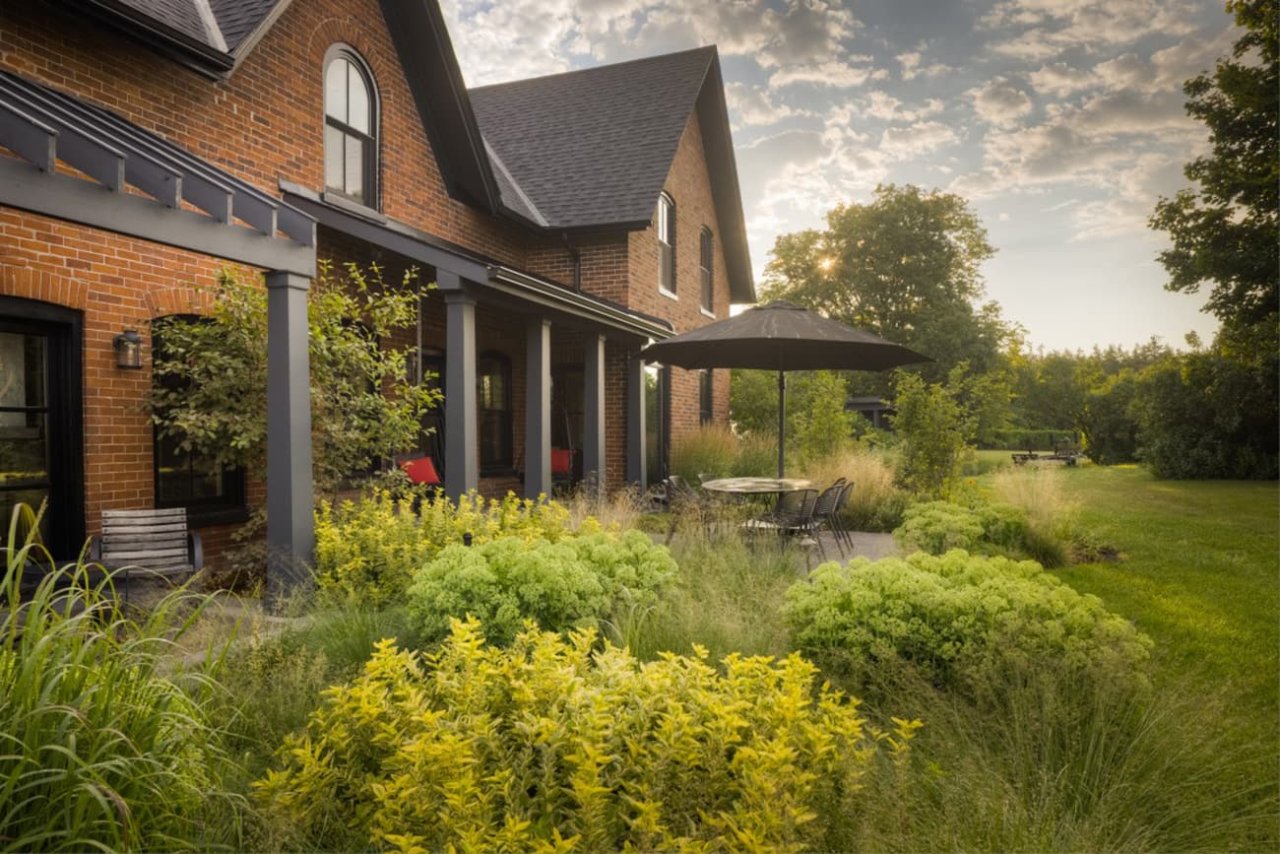Blog
Impacts of an Early Spring on the Garden

The unusual warmth that graced our typically cold and snowy late winter will definitely make an outdoor enthusiast's heart sing. Getting a jumpstart on spring chores, dusting off the BBQ, or even enjoying sunny days lounging on the patio, this is all being embraced with the arrival of the warm surge. However, this unusual temperature change might come with a cost… particularly at the expense of our plants.
Evergreens
Warm weather followed by cold sunny days, particularly in late February and March, often leads to plants being damaged during bright days called sunscald. This condition causes the sap to start flowing consistently, and will often result in the needles turning brown and dropping from the branch which will make the tree appear sparse. If this happens to your evergreens do not fret because this is usually only temporary until the new growth comes out, at which point the damage isn’t noticeable. Only in extreme conditions will the bark scald. This will prevent the new growth from filling out the tree. You can determine the health of the stem by peeling back a small section of the bark with your thumbnail. If the twig is green underneath, the plant is still healthy.
Broadleaf Evergreens
Broadleaf Evergreens are very susceptible to sunscald, causing the previous year's leaves to drop as soon as the sap starts to flow, making the plant look dead. But much like like the evergreens the damage is not irreversible, new buds typically fill out shortly after the previous years have dropped. You can help prevent, or at least mitigate the sunscald damage by shrouding the plants with burlap to prevent the sun from reaching the leaves, especially mid-day sunlight.
Deciduous Trees & Shrubs
Late frosts can damage or in worst cases kill early flower buds on flowering shrubs and fruit trees, which include crab apples, ornamental pears, cherry, magnolias etc. Some of these trees which have darker bark can suffer from sunscald, under the same conditions as evergreens.The trunks of susceptible trees should be wrapped with burlap strips in the fall to prevent damage.
The Takeaway
Although we can’t control the weather, it's important to grasp how these weather shifts can impact our plants. It not only clears up confusion but empowers us to take proactive steps to prevent issues before they start. Stay vigilant, watch for those signs, and don’t hesitate to throw burlap on your broadleaf evergreen shrubs – it might just save you later!
Posted: March 11th, 2024
View More Posts